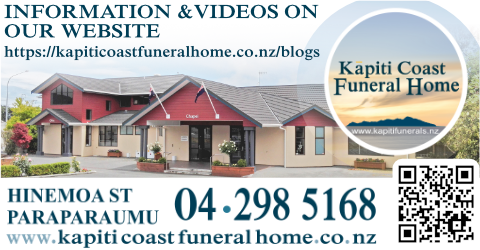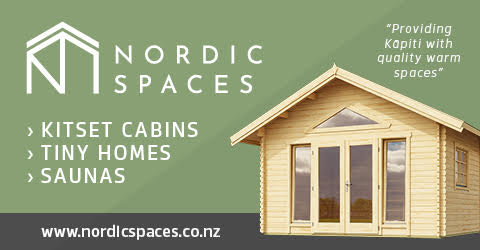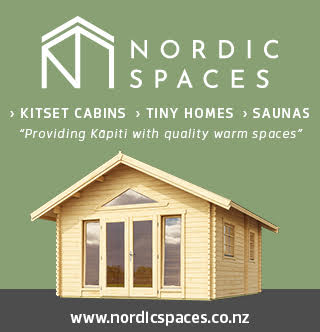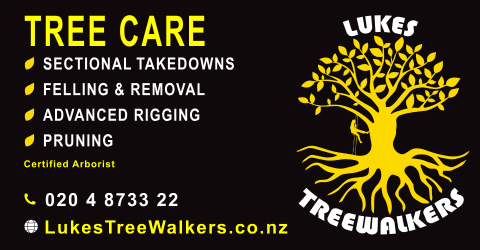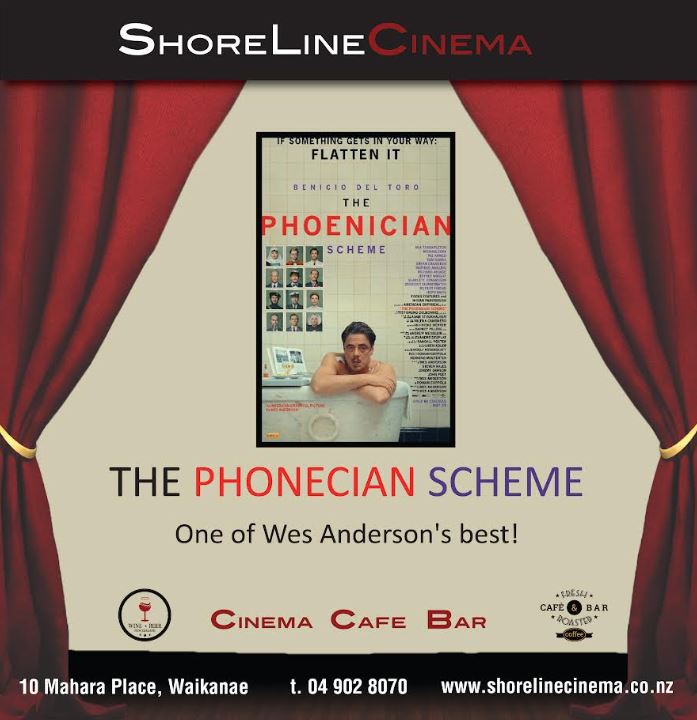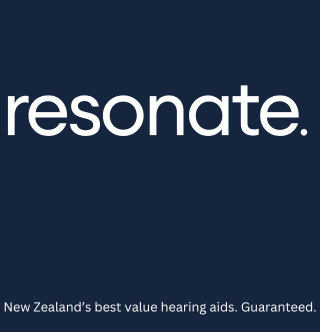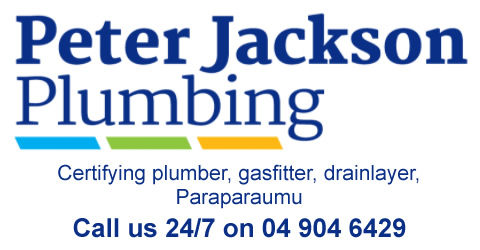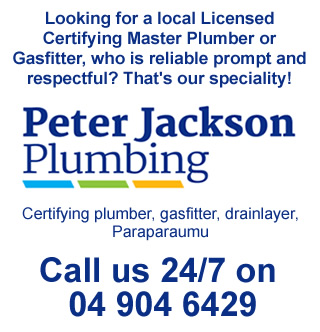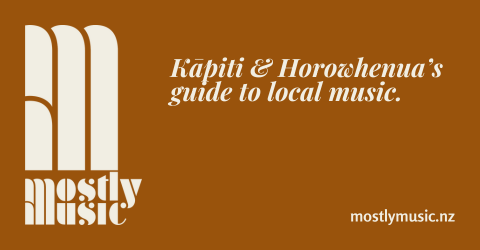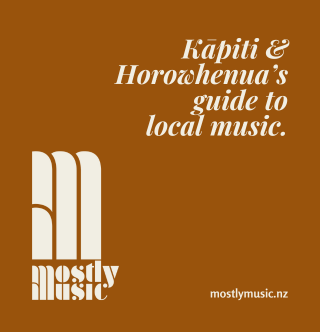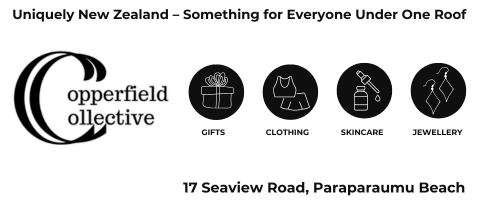Below is the recent Speakers Corner address from Erica Cooney
I’m here because the Council has not been completely honest about the Aquatic Centre – and our community needs to know some truths. I’m a member of a small hub of people concerned about the lack of equal access for the Centre’s main pool (Jan Lowe, Paul Curry and Michelle Laurenson are the others). It’s important to acknowledge however the support of many individuals in our community and that of Kāpiti Coast Grey Power, Kāpiti Disability Reference Group, Multiple Sclerosis Wellington, members of the Arthritis Foundation, the Wellington Paraplegic and Physically Disabled Trust Board, ParaFed Wellington, Stroke Foundation Central, NZ Care, Be. Accessible NZ and Disabled Persons Assembly New Zealand.
Stage 1 of our Aquatic Centre costs in excess of $21 million and has a 50 year lifespan. (Stage 2 will apparently include a 50m Olympic pool.)
Our Aquatic Centre is meant to meet the needs of Kāpiti’s demographic of double the national average of older people; and a disproportionately higher rate of residents with disabilities and frailty. These statistics are set to increase. Council notes we are “a retirement community”. In stark contrast, Kāpiti has lower than the national average of people aged less than 40.
The Human Rights Act, Building Act, Regulations and Code dictate that new swimming pools must have ‘reasonable and adequate access and facilities’ to enable people with disabilities to ‘carry out normal activities’ safely and easily. In New Zealand swimming is a top leisure activity.
Under the UN Convention on the Rights of Persons with Disabilities, people are entitled to full and effective participation and inclusion in recreational venues on an equal basis with others. Local community facilities must be ‘disability responsive’.
Council state that the “Centre is designed with disabled users in mind”. Yeah right! While both the Kāpiti Disability Reference Group and Kāpiti Coast Grey Power told Council for years that an access ramp was essential to their needs and Council repeatedly promised one, Council broke their word at the last minute.
Council pretended the moveable floor was a recent decision. Yeah right! A movable floor was mooted by at least mid- 2009 – way before construction even began. Council planned to have both a moveable floor and a ramp.
Council stated that they searched internationally for a solution but just couldn’t source a suitable ramp. Yeah right! The fact is that their architect specifically showed a ‘Vario Pool ramp’ in the plan dated July 2011. Variopool is a brand name. It is a company that sells Myrtha Pools with movable floors and compatible products. Council has actually bought the steps from Variopool! Their brochure shows Variopool also make ramps and Access Platforms (or lifts) for quote “enhanced ease and safety”. “Each product is custom made, user friendly and complies to necessary specifications.” Evidence suggests that Council have had information for quite some time that ramps are consistent with movable floor pools and that they are available.
Next point – The Mayor states the moveable floor will provide shallow water for people to enjoy activities but she omits to mention that the remaining 60% of the pool (over half!) is really ‘deep water’ at 2.4 metres. This depth reduces everyday pool activity and programmes as people simply can’t reach the bottom. The pool design is a lemon. It actually compromises our community’s ability to use it.
The pool’s main depth is 2.4 m deep yet it has no grab rails. People have nothing decent to hold on to for support. (Council also advised that either one or two of the pool sides will have a Bulkhead on the edge.)
When we asked about having grab rails, Council said that that wasn’t possible because swimmers needed to be able to do flip turns. We suggested 1 or 2 grab rails down the side(s), leaving both ends free for the turns but Council said “no” that the pool needed to be used both ways. Yeah right!
People accessing the pool with the staff assisted hoist and unable to use their lower body will have nothing supportive to hold on to when they are trying to call staff for assistance to get out. Council said their expectation was that people would be able to stand up on the 1.2 metre deep section of the pool floor. The steps Council have brought are problematic as the handrail and step both end both come to an abrupt halt at the same place. People with disabilities would have difficulty easing themselves into the water (or exiting the pool) as there is nothing to hold onto to get into or out of the water.
The question is whether Kāpiti ever needed a moveable floor? At a cost of $1 million, it is supposedly for the benefit of competitive swimming and water-sports. But – neither competitive swimming or water sports require a moveable floor! The architects describe the Aquatic Centre as a “major sporting development for the district.” The pool will be compliant with FINA regulations, and “will be considered a ‘fast’ pool. The difference between 2.0m and 2.4m deep is hundredths of seconds and therefore records”. I suspect for many in the community those potential hundredths of seconds for a few competitive swimmers don’t mean much when they can’t even get into the pool. Lower Hutt City has a young demographic and a moveable floor. That there is another regional moveable floor pool further reduces the cogency of us needing one.
The Trust noted the Aquatic Centre provided a venue to host regional and national events and “for training overseas water-based sports teams”!
With the Wellington Regional Aquatic Centre having a 50m pool and already hosting regional and national meets, the likelihood of Kāpiti attracting these with our 25m pool seems remote, as does the possibility of overseas water-sports teams training here – A Canadian flippa ball squad? Yeah right! What about the needs of us locals?
The Mayor says the pool caters for the majority. Yeah right! Very few people benefit from the moveable floor whereas virtually everyone can use an access ramp or lift and grab rails. Swimmers transitioning from the Learner’s pool will need a grab rail given such deep water.
The Mayor’s reference to the ramp needing to be 30m long is totally ridiculous as not only would it be longer than the pool, but people using it would be well under water and need scuba diving equipment or a very long snorkel?!
Council have said that they expect most disabled swimmers will use the ‘Programmes’ pool. Yeah right! This is simply the renamed Learners’ or children’s pool. It has no fitness or well-being function. It is not a hydrotherapy pool as Council touts.
Can Council honestly believe that most disabled swimmers would prefer this pool?
Our community has paralympic swimmers that need basic accessibility provisions to access the main pool. With Raumati Pool shortly being decommissioned – there will be no main pool with an access ramp in our district. People’s accessibility is diminished.
Public health and recreation facilities for the disabled and elderly are virtually non-existent here, and appear disproportionately less than that for other cohorts. The usability and accessibility of the Aquatic Centre is critical. For ratepayers with mobility impairment not to be able to easily get into the public pool that they have contributed to is unjust.
In December 2010 and August 2011, Council commissioned experts Wrightson Associates (Accredited Barrier Free NZ Auditors) to prepare reports on how the Centre complied with access requirements for people with disabilities. Wrightson Associates advised that the best solution for independent access to the main pool was by ramped entry. They were also told by Council that a removable ramp for disability access was to be provided in the main pool. By the time of their January 2013 Press release, Council obviously knew there was no ramp and their Press release was disingenuous.
In response, Wrightson Associates wrote a Letter to the Editor in the Dom Post saying “well, we did recommend a ramp”. “It is stretching the point to imply that our firm approved the lack of a ramp”.
Council has also misrepresented Halberg Disability Sport Foundation. Council said Halberg had found they exceeded requirements for disability access. Yeah right! This is untrue and Halberg asked Council for a retraction. Council minimised their misrepresentation – only referring to one instance, although since January they have continually assured people that Halberg found the main pool compliant. To date, no disability organisation has found the pool meets accessibility requirements without a ramp!
Council granted themselves building compliance as the Building Consent Authority – and as the owner, manager, operator and major funder of the facility.
The Mayor and Council talk about pool users generally but they should know that Council has specific obligations to the disabled and elderly in our community through its MOU and policy. Council does not owe these explicit commitments to other groups. It’s important for people to know that Council has duties it must honour.
Council holds that it endorses the New Zealand Disability Strategy. It has a MOU with the Kāpiti Disability Reference Group (KDRG) who are specifically tasked with advising Council on issues of access, equity, inclusion and planning impacts. The MOU stipulates that “The Council will embed disability responsiveness into all Council policies, strategies and processes. The Council will ensure the KDRG is involved early in the planning and design of Council projects.”
In respect of elder persons, Council’s policies are outlined in Positive Ageing on the Kāpiti Coast He Tira Kaumātua, and Outcome 7 in Choosing Futures 2009.
The expressed purpose is to enable older people to fully participate in the Kāpiti community, and to have input into decision-making process. All older people are to have access to the resources required to meet their needs in the areas of health, safety and wellbeing, physical environment, recreation and the community. Choosing Futures notes “The District’s main public places are accessible to everyone in the community, including the elderlyand people with disabilities”. Outcome 7.8 states “There is a comprehensive planned approach to recreation facilities/programmes which provides for local services including.access to an aquatic centre.”
Council has broken its word to the elderly and those with disability. What does that say about this Council? They can buy a hydroslide from Turkey (although there are Kiwi suppliers) and fly the guy over here, they can spend $100, 000 on “Fun Stuff” such as water squirters, – but they won’t provide for basic accessibility which meets the needs of almost everybody (disabled or not).
The Council has also not let on that it had a sponsor willing to generously contribute towards disability equipment.
Council says they can’t provide basic access – Access that is recognised as the best, safest, easiest and most universal but Council can. I believe that legally there will be no choice. Everyone has a right to be treated equitably.
The problem could be that Council may have made it harder and much more costly than it would otherwise have been if they had listened at the very beginning to their architect, the accessibility auditors they commissioned, the elderly and those with disabilities; – and considered Kāpiti resident’s needs and demographics. The problem is of Council’s own making but ratepayers again pay the price.



